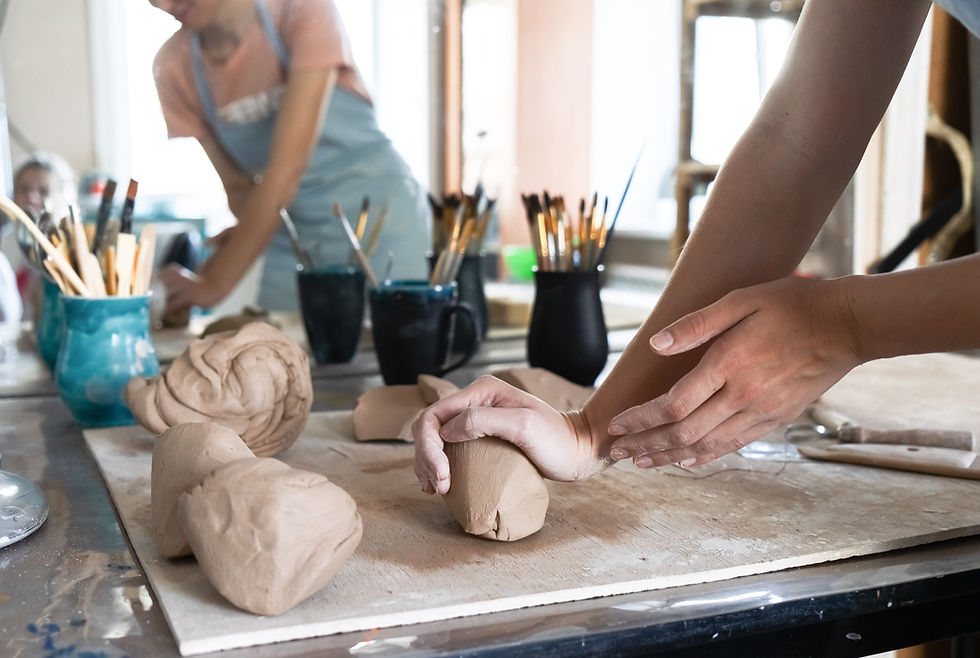What are polymer clays?
- Itasil Handmade
- Jan 15, 2022
- 2 min read
Updated: Jan 28, 2022

The term “polymer clay” often confuse people. Someone neither knows what is it. I’m going to clarify in this article what these materials are and what are they used for.
What are polymer clays?
They are materials arising form oil, which are malleable and easy to shape. After their cooking (110° on average), they toughen, taking on the final shape. Because of the release of harmful substances due to high temperatures, it’s important to use a different oven from cooking food.
How are polymer clays used?
Thanks to their wide range of colors and effects, #polymeric #clays are used for the most varied #creations, such as #decorations or components for #bijoux.
What is the history of polymer clays?
Researching some historical hints, we discover that polymer clays were invented in 1939 in Germany by Kaethe Kruse, a native manufacturer of dolls. Kruse was looking for a material allowing to work the heads of her #toys more easily than she did at that time.
After various attempts and experiments, she found the solution by inventing the first derivative of modern #polymer #clays, the fimok. Unfortunately, this material was not suitable for large scale industrial production, so it was initially rejected and relegated to #handcrafted use only.
It was only after several years, in 1954, that the Kruse managed to perfect her idea, introducing fimok to the #toy industry, and achieving enormous success.
Ten years later, she sold the patent to the Faber company, which began to market it under the name of #Fimo.
With this article I hope to have entertained you at best, and see you next time.
Itasil
You can find much more in my contacts:
Facebook: Itasil Art / Itasil Handmade
Instagram: Itasilhandmade
Etsy: Itasil Handmade IT
E-mail: itasilart@gmail.com









Comments